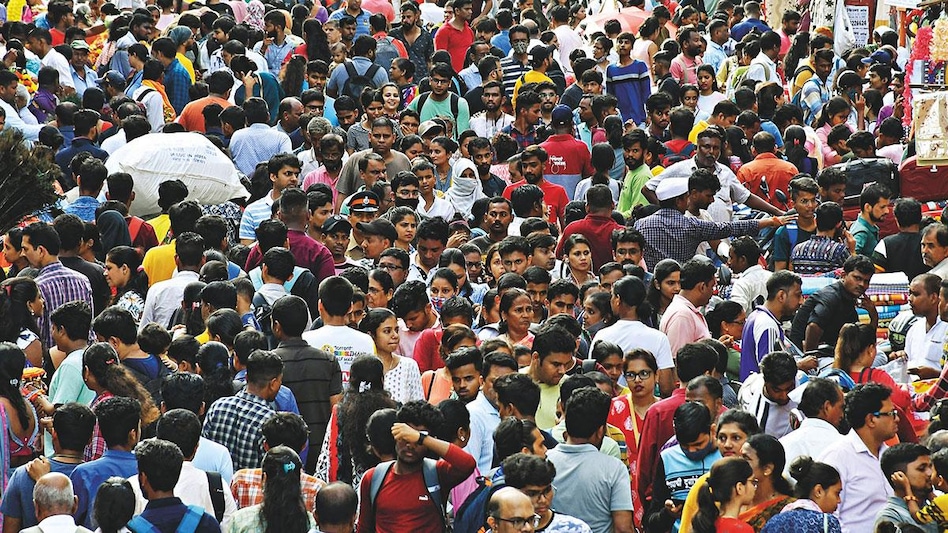From UPSC perspective, the following things are important :
Prelims level: Fertility rates
Mains level: India's demographic challenges

Central Idea:
The article discusses India’s demographic transformation and the need for proactive policies to address opportunities and challenges arising from changing population dynamics.
Key Highlights:
- India’s population growth trends are being studied to align policies with the Viksit Bharat goal by 2047.
- Fertility rates have decreased, and family planning is becoming more prevalent.
- The workforce is changing, with an increase in middle-aged workers projected by 2047.
- Dependency burdens vary between states, requiring tailored policy interventions.
- There is an opportunity to enhance women’s workforce participation by providing better childcare support.
- Lessons from China’s one-child policy caution against drastic measures.
Key Challenges:
- Varying demographic trends between states pose challenges for policy formulation.
- Ensuring equitable workforce development and gender-inclusive policies.
- Addressing the needs of the growing elderly population while maintaining economic sustainability.
- Avoiding the negative consequences of drastic population control measures.
Key Terms:
- Demographic transformation
- Fertility rates
- Family planning
- Workforce dynamics
- Dependency burdens
- Women’s workforce participation
- One-child policy
Key Phrases:
- Changing population dynamics
- Tailored policy interventions
- Workforce inclusivity
- Sustainable economic development
- Lessons learned
Key Quotes:
- “Today, we are studying India’s population growth to align policies with the Viksit Bharat goal by 2047.”
- “There’s an opportunity to enhance women’s workforce participation by providing better childcare support.”
- “Lessons from China’s one-child policy caution against drastic measures.”
Anecdotes/Case Studies:
- The comparison with China’s one-child policy illustrates the importance of cautious policy measures in managing population dynamics.
Key Statements:
- “India’s population growth trends are being studied to align policies with the Viksit Bharat goal by 2047.”
- “There’s an opportunity to enhance women’s workforce participation by providing better childcare support.”
Key Examples and References:
- Comparative data on workforce demographics and dependency burdens between states provide concrete examples of demographic variations.
- The reference to China’s one-child policy serves as a cautionary example.
Key Facts/Data:
- India’s fertility rates have decreased significantly in recent years.
- Dependency burdens vary significantly between states.
- Women’s workforce participation rates could be improved with better childcare support.
Critical Analysis:
The article provides a balanced assessment of India’s demographic challenges and opportunities, cautioning against drastic measures while advocating for proactive policies.
Way Forward:
- Tailored policy interventions should address varying demographic trends between states.
- Gender-inclusive policies and better childcare support can enhance women’s workforce participation.
- Lessons from global best practices should inform India’s approach to demographic management.
- Caution should be exercised to avoid the negative consequences of drastic population control measures.
Get an IAS/IPS ranker as your 1: 1 personal mentor for UPSC 2024
